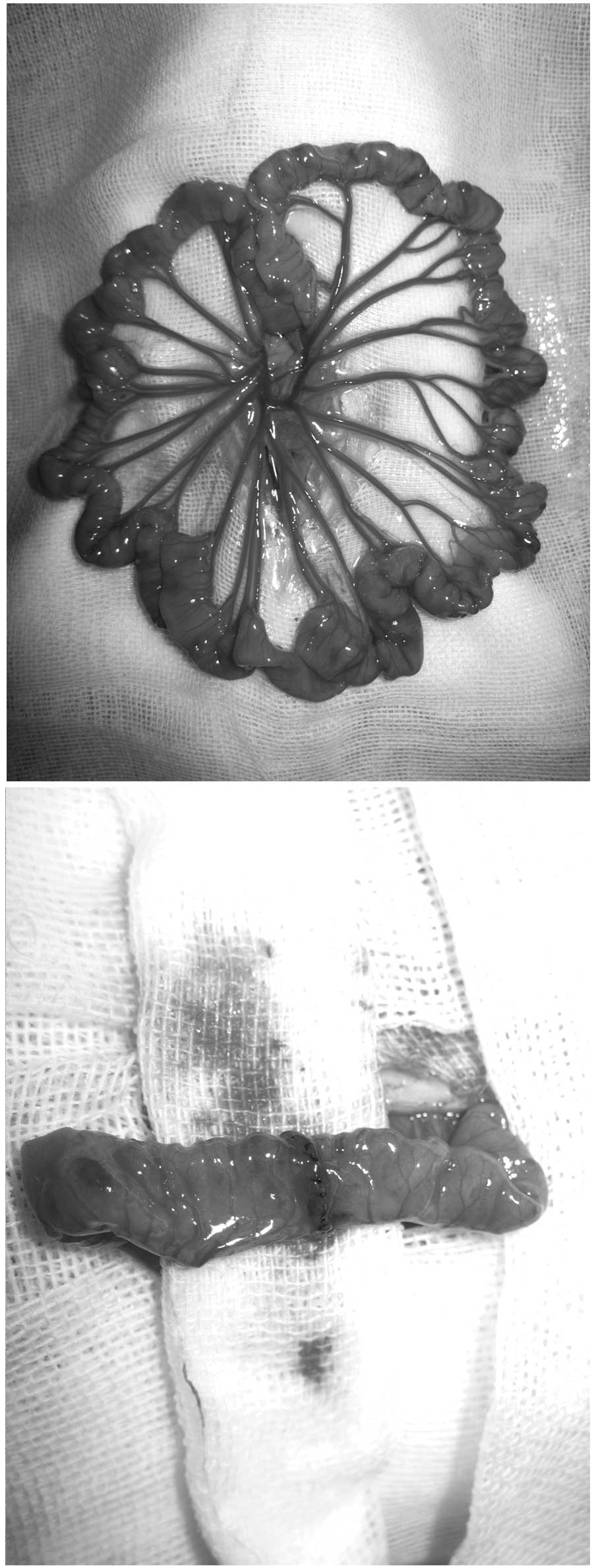|
1
|
Christensen T and Kehlet H: Postoperative
fatigue. World J Surg. 17:220–225. 1993. View Article : Google Scholar
|
|
2
|
Rubin GJ, Hardy R and Hotopf M: A
systematic review and meta-analysis of the incidence and severity
of postoperative fatigue. J Psychosom Res. 57:317–326. 2004.
View Article : Google Scholar : PubMed/NCBI
|
|
3
|
Salmon P and Hall GM: A theory of
postoperative fatigue: an interaction of biological, psychological,
and social processes. Pharmacol Biochem Behav. 56:623–628. 1997.
View Article : Google Scholar : PubMed/NCBI
|
|
4
|
Gastmann U and Lehmann MJ: Overtraining
and the BCAA hypothesis. Med Sci Sports Exerc. 30:1173–1178. 1998.
View Article : Google Scholar : PubMed/NCBI
|
|
5
|
Newsholme EA and Blomstrand E:
Branched-chain amino acids and central fatigue. J Nutr. 136(1
Suppl): 274S–276S. 2006.PubMed/NCBI
|
|
6
|
De Bandt JP and Cynober L: Therapeutic use
of branched-chain amino acids in burn, trauma, and sepsis. J Nutr.
136(1 Suppl): 308S–313S. 2006.PubMed/NCBI
|
|
7
|
Åstrand PO, Rodahi K, Dahl H and Strømme
SB: Textbook of Work Physiology: Physiological Bases of Exercise.
4th edition. Human Kinetics; Champaign, IL, USA: 2003
|
|
8
|
Newsholme EA, Acworth IN and Blomstrand E:
Amino acids, brain neurotransmitters and a functional link between
muscle and brain that is important in sustained exercise. Advances
in Myochemistry. Benzi G: John Libby Eurotext; London: pp. 127–138.
1987
|
|
9
|
López-Muñoz F and Alamo C: Monoaminergic
neurotransmission: the history of the discovery of antidepressants
from 1950s until today. Curr Pharm Des. 15:1563–1586.
2009.PubMed/NCBI
|
|
10
|
Jacobsen JP, Medvedev IO and Caron MG: The
5-HT deficiency theory of depression: perspectives from a
naturalistic 5-HT deficiency model, the tryptophan hydroxylase
2Arg439His knockin mouse. Philos Trans R Soc Lond B Biol Sci.
367:2444–2459. 2012. View Article : Google Scholar : PubMed/NCBI
|
|
11
|
Tan S, Zhou F, Li N, et al: Anti-fatigue
effect of ginsenoside Rb1 on postoperative fatigue syndrome induced
by major small intestinal resection in rat. Biol Pharm Bull.
36:1634–1639. 2013. View Article : Google Scholar : PubMed/NCBI
|
|
12
|
Dong QT, Zhou F, Yu Z, Tan SJ, Wang Q and
Zhang XD: Association of the changes of central serotonin and
peripheral blood free amino acids with postoperative fatigue after
abdominal surgery. Zhonghua Wei Chang Wai Ke Za Zhi. 14:968–972.
2011.(In Chinese).
|
|
13
|
Feng HZ, Wei B and Jin JP: Deletion of a
genomic segment containing the cardiac troponin I gene knocks down
expression of the slow troponin T gene and impairs fatigue
tolerance of diaphragm muscle. J Biol Chem. 284:31798–31806. 2009.
View Article : Google Scholar : PubMed/NCBI
|
|
14
|
Zhang XD, Chen BC, Dong QT, et al:
Establishment and assessments of a new model for the postoperative
fatigue syndrome by major small intestinal resection in rats. Scand
J Gastroenterol. 46:1302–1309. 2011. View Article : Google Scholar : PubMed/NCBI
|
|
15
|
Barbeau H and Rossignol S: The effects of
serotonergic drugs on the locomotor pattern and on cutaneous
reflexes of the adult chronic spinal cat. Brain Res. 514:55–67.
1990. View Article : Google Scholar : PubMed/NCBI
|
|
16
|
Christenson J, Franck J and Grillner S:
Increase in endogenous 5-hydroxytryptamine levels modulates the
central network underlying locomotion in the lamprey spinal cord.
Neurosci Lett. 100:188–192. 1989. View Article : Google Scholar : PubMed/NCBI
|
|
17
|
Harris-Warrick RM and Cohen AH: Serotonin
modulates the central pattern generator for locomotion in the
isolated lamprey spinal cord. J Exp Biol. 116:27–46.
1985.PubMed/NCBI
|
|
18
|
Bizzi E, Giszter SF, Loeb E, Mussa-Ivaldi
FA and Saltiel P: Modular organization of motor behavior in the
frog’s spinal cord. Trends Neurosci. 18:442–446. 1995.
|
|
19
|
Lapin IP and Oxenkrug GF: Intensification
of the central serotoninergic processes as a possible determinant
of the thymoleptic effect. Lancet. 1:132–136. 1969. View Article : Google Scholar : PubMed/NCBI
|
|
20
|
Coppen A: The biochemistry of affective
disorders. Br J Psychiatry. 113:1237–1264. 1967. View Article : Google Scholar : PubMed/NCBI
|
|
21
|
Mendels J, Stinnett JL, Burns D and Frazer
A: Amine precursors and depression. Arch Gen Psychiatry. 32:22–30.
1975. View Article : Google Scholar : PubMed/NCBI
|
|
22
|
Burak KW, Le T and Swain MG: Increased
midbrain 5-HT1A receptor number and responsiveness in cholestatic
rats. Brain Res. 892:376–379. 2001. View Article : Google Scholar : PubMed/NCBI
|
|
23
|
Terzioğlu B, Aypak C, Yananlı HR, et al:
5-hydroxytryptamine release in the anterior hypothalamic and the
hippocampal areas of cholestatic rats. Life Sci. 78:1078–1083.
2006.PubMed/NCBI
|
|
24
|
Uusitalo AL, Valkonen-Korhonen M, Helenius
P, et al: Abnormal serotonin reuptake in an overtrained, insomnic
and depressed team athlete. Int J Sports Med. 25:150–153. 2004.
View Article : Google Scholar : PubMed/NCBI
|
|
25
|
Sullivan GM, Ogden RT, Huang YY, et al:
Higher in vivo serotonin-1A binding in posttraumatic stress
disorder: a PET study with [11C]WAY-100635. Depress Anxiety.
30:197–206. 2013.PubMed/NCBI
|
|
26
|
Ito H, Halldin C and Farde L: Localization
of 5-HT1A receptors in the living human brain using
[carbonyl-11C]WAY-100635: PET with anatomic standardization
technique. J Nucl Med. 40:102–109. 1999.PubMed/NCBI
|
|
27
|
Peroutka SJ: 5-Hydroxytryptamine receptor
subtypes. Annu Rev Neurosci. 11:45–60. 1988. View Article : Google Scholar
|










